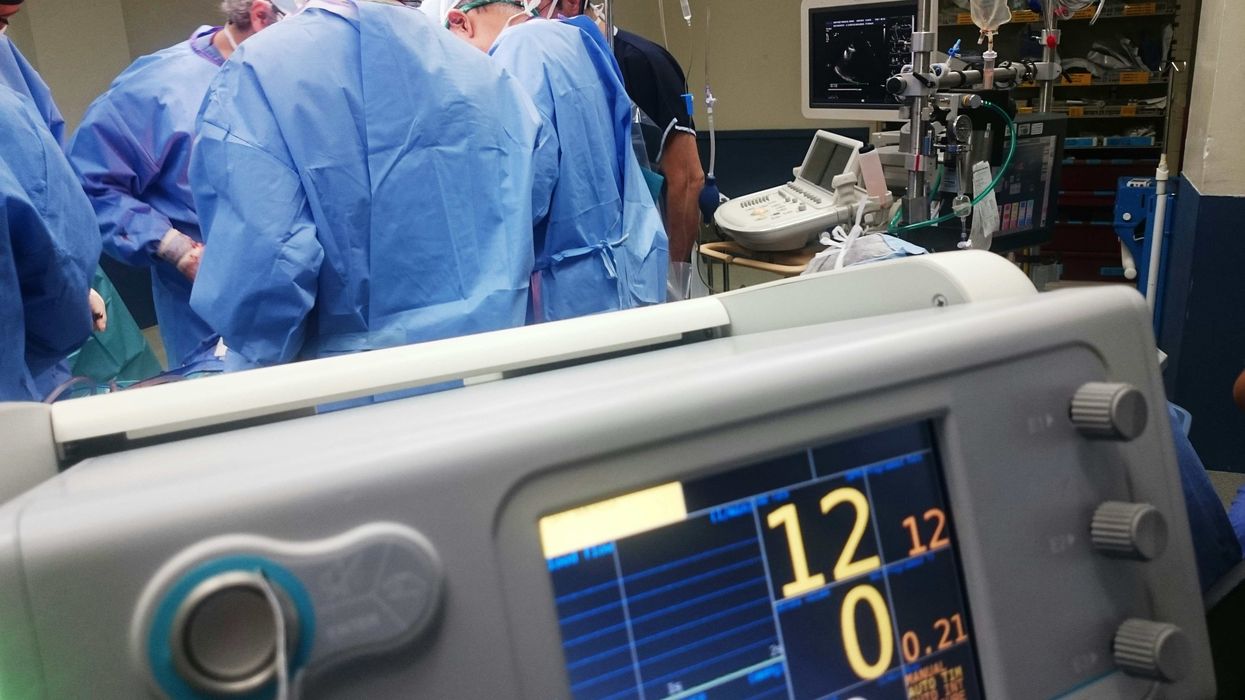This former teacher was inspired by her own rollercoaster breastfeeding journey with her three children, and now has launched a business making jewelry out of milk.
Kerry Miles struggled to breastfeed her first child, Harry. So, when she was more successful with her daughter Poppy, she felt so proud that with the help of a friend she made a ring out of her own breast milk to celebrate.
Her daughter Daisy refused to be breast fed. And only started eating solids when she was a year old, ending up in hospital for five weeks along the way after suffering a vitamin B12 deficiency. The whole journey was exhausting for both mother and baby.
But, while she was at home caring for her baby, Miles started making more necklaces and pendants from breast milk for friends.
“When the breastfeeding journey ends, it's very emotional. It's like cutting the umbilical cord again," she said.
“Although you celebrate because it's the natural process, it can also be sad for mothers. It can be like a grieving for the closeness, but also a way of celebrating that it's what has kept this little person alive. There's a duality to it."

“I had struggled to breast feed Harry for more than a couple of weeks, and there was a lot less support back then, so when it came to Poppy, I was determined to do more," she added.
“I felt proud of myself, and wanted something to commemorate it, as a keepsake, so in collaboration with my friend Garvan Traynor, in 2016, we made the rings using my breast milk."
A member of a breastfeeding support group, it was through this that Miles heard about people making jewelry out of breast milk and placentas, which she now also uses as a material, along with cremation ashes of people and pets.

She was on maternity leave with Daisy when she heard about the unusual jeweler. So, she started to make rings and pendants herself using resin.
But it was her son Harry, who helped her to devise a technique for reducing the breast milk to a powder so she could mix it with resin to put into the jewelry.
“I was thinking about what I could use to encase and preserve the breast milk and stop it decaying," she said.

“Harry came up with the idea of dehydrating the milk, so we would heat it up and reduce it to a powder and mix it with resin," she continued.
“Harry is very open minded and loves working out the mechanics of things. He is not so involved in the business now, but I call him a co-founder, because he helped come up with this technique."
Miles started making jewelry for her friends.
“I was making bits and pieces for my friends, then more people started asking me for them and it grew from there," she said.
But, her focus shifted when she started having issued with feeding Daisy.
“We were constantly backwards and forwards to the doctors," she said.

“She had no interest in food and the stress of that brought on some postnatal depression for me. I went back to work for a short time, but because Daisy refused to take milk from the bottle and I was too worried about leaving her with nothing I had to stop," she said.
“By the age of nine months, she still hadn't had anything except breast milk."
Things took a turn for the worse when Daisy caught bronchitis and was admitted to Ulster Hospital on New Year's Eve.

“She got a virus which made her very sick with vomiting and diarrhea, and was taken to theatre so they could put a line in to her leg to get fluids and antibiotics into her. It was terrifying," Miles said.
“She was so poorly. She was being fed through a tube and had to stay in hospital for five weeks to build her strength up."
Blood tests established that Daisy and Miles both had a vitamin B12 deficiency, which meant the baby's immune system was weaker leaving her more prone to infection and less able to fight the virus.

“There are a lot of unknowns about the B12 deficiency, but it appeared to cause a kind of 'baby depression' and loss of appetite. Because of that, she just wanted what she knew, which was the comfort of the breast," Miles said.
“She was a year and a month old when she finally had solid food. The whole family watched her eating a Wotsit and it was the most amazing moment!"
“The color from it was all over her face and it was the first time we'd seen her properly smile."
Thankfully, there have been no lasting effects and Daisy is fine now. But, at the time, Miles was so anxious about leaving her that she stayed at home and started experimenting with breast milk jewelry.
“I was having to stay at home and had time to potter around and experiment," she said.
“I was helped by a jeweler, who taught me silversmithing and how to use a proper torch for silver and gold, plus I used YouTube videos."

“I was also seeing a counsellor, as part of my treatment for postnatal depression, who encouraged me to consider jewelry making as a business," she said.
“My client base for the jewelry was building, so I just decided to go for it. It went from strength-to-strength and I built a little studio in the garage of our home. Along with my friend, artist and freelance jeweler Michelle Norman we probably make about 50 pieces a week and ship them throughout the UK, Europe, USA and Australia."

“I feel like I'm helping people, too, because of the materials we use. It's lovely, it's not like a business, as I'm personally involved in all the pieces," Miles added.
When dealing with such sensitive and personal items, like breast milk, placentas, locks of hair, first teeth, and ashes, the most important thing is to be respectful of her clients.
“Although I don't get to meet as many of my clients as I would like to, I try and keep the service as personal as I can and will send them text message updates through the whole process," she said.

“It's important that they know when their loved one's ashes or their milk have arrived. For some people it can be really emotional," she continued.
“I feel so privileged to be trusted with these precious items. People will have specific requirements and I know it has to be 100 per cent perfect."
“I have people coming to me who have lost babies who want their ashes to be made into a keepsake. It can be an awful time for them. I just want to hug them and make them a cup of tea."
She even saves extra in case of emergencies.
“I have a big stock of milk labelled and dated, so that if people lose their jewelry, they can come back to me and I can make something else," she said.
“It's become so diverse and I'm led by what my clients want. It's a real bespoke service."
Miles uses her reduction technique to turn breast milk and baby teeth into a powder, before mixing it with resin, or glass and putting it inside a ring, earring, pendant.

“With placenta jewelry, most people send the placenta ready prepared," she said. “You might think it's strange to want to make a placenta into jewelry, but it's become normal for us.".
“It's like Marmite – some people love it and some hate it. I've met people who think it's the weirdest thing to do, but it does not bother me."
“Keeping the placenta is symbolic. The nutrients in it keep the baby alive, and it keeps you close to the experience of birth."

“People do like to reduce it to powder and keep in a capsule. When you mix it with resin, it has a beautiful speckled effect, like amber," she said.
When using ashes, she will often embed them into the silver of the ring or necklace itself, so that people can keep their loved ones close to them.
“It's having the essence of that person with you. Everybody deals with mourning and passing in a different way," she said.

“For some it's easier to keep something physical with you once that person has gone, or to have something to touch when you think about that person, as well as having something really beautiful that reminds you of them," she continued.
“Some people will send ashes with something else, like a flower that person loved from their garden, so it's very meaningful. We get asked to do a whole range – even pets. I've been sent dog, cat and horse ashes."
Miles' products range in price from around $26 to more than $260, depending on the materials used.
Last year, with the help of Harry, they started mixing the products with glass, with 70 per cent of her customers opting for that over resin.
“It gives this amazing depth to it. With the ashes and milk there's a chemical reaction which gives it this milky, marble effect when it's infused with the glass," she said.

“It becomes like liquid toffee. It's encased in glass and then heated in the kiln, so it becomes really durable," she said.
Miles added that some people raise an eyebrow at what she does, but it does not bother her.
“Some people do think what I do is strange, but I don't mind. Someone said to me once, 'You're the one that makes that disgusting jewelry,' but I don't worry about it at all," she continued.

“If people are talking about it, then they might talk to someone who thinks it's actually a really nice idea and then I get some extra business!" she said.
For more information visit Precious by Kerry here

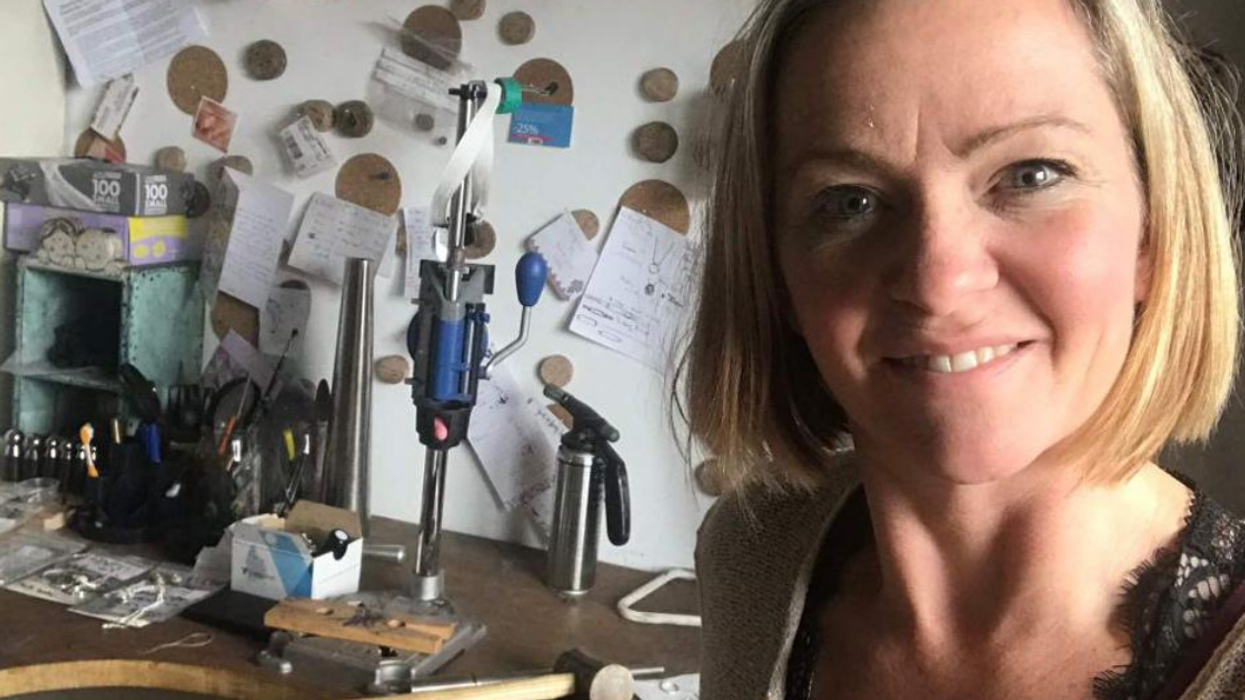

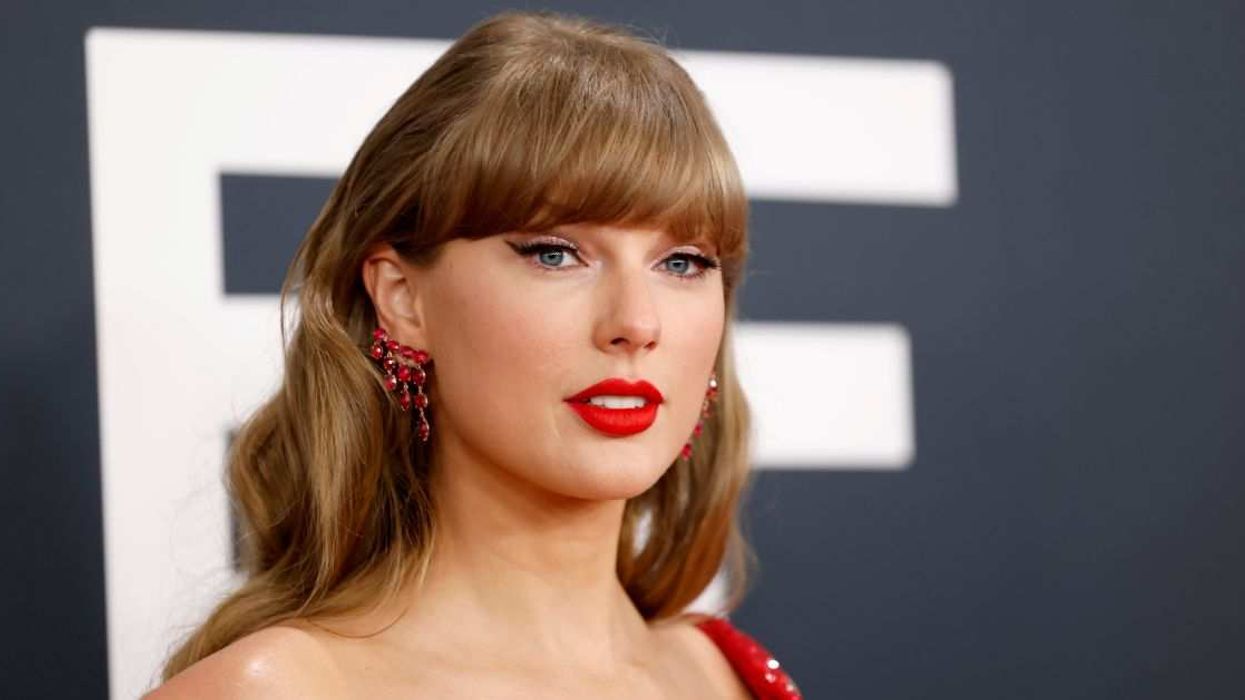
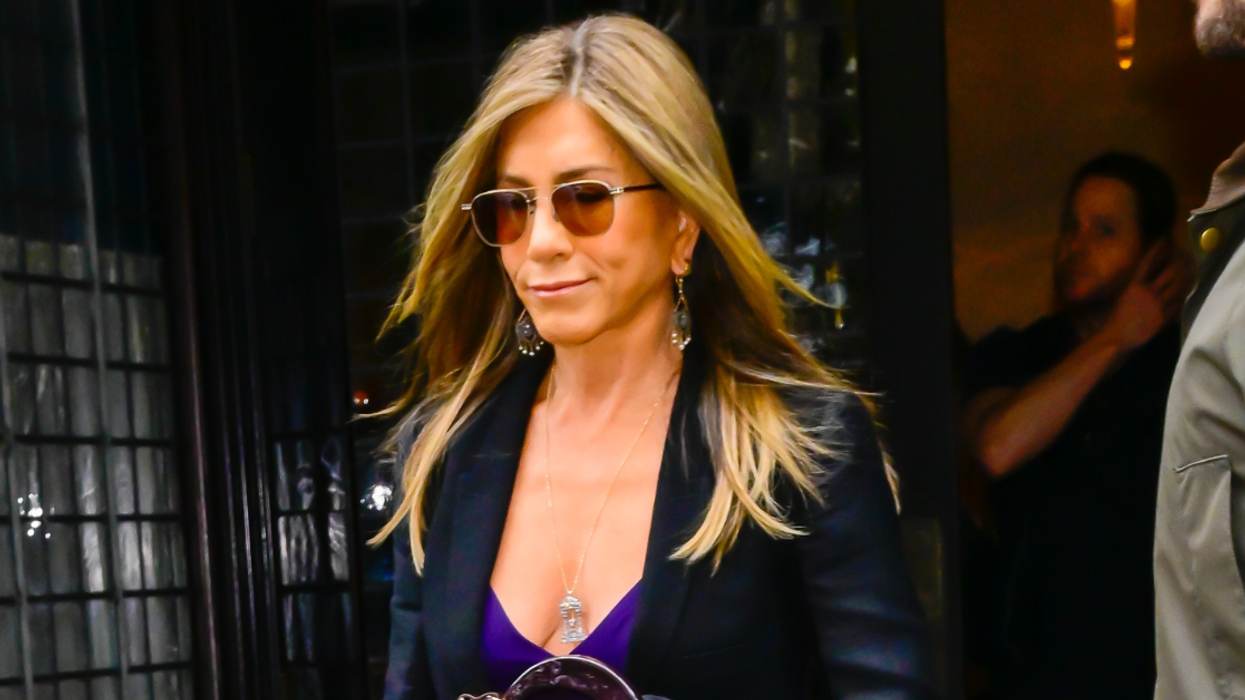

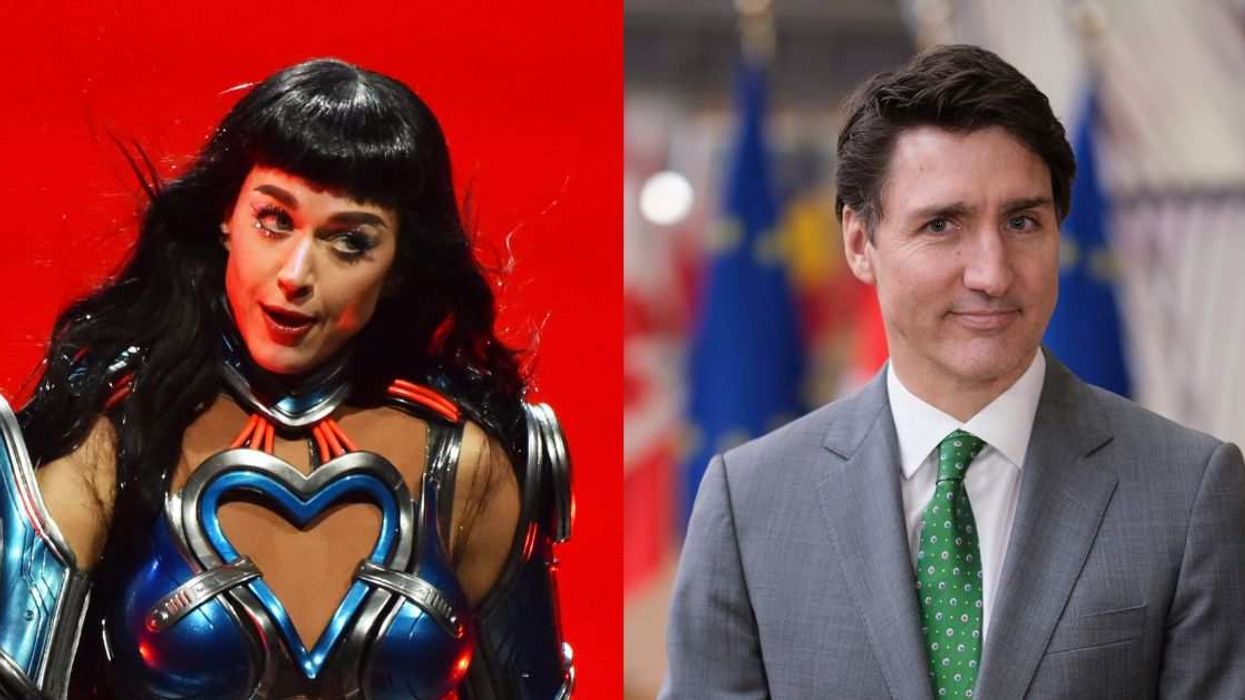

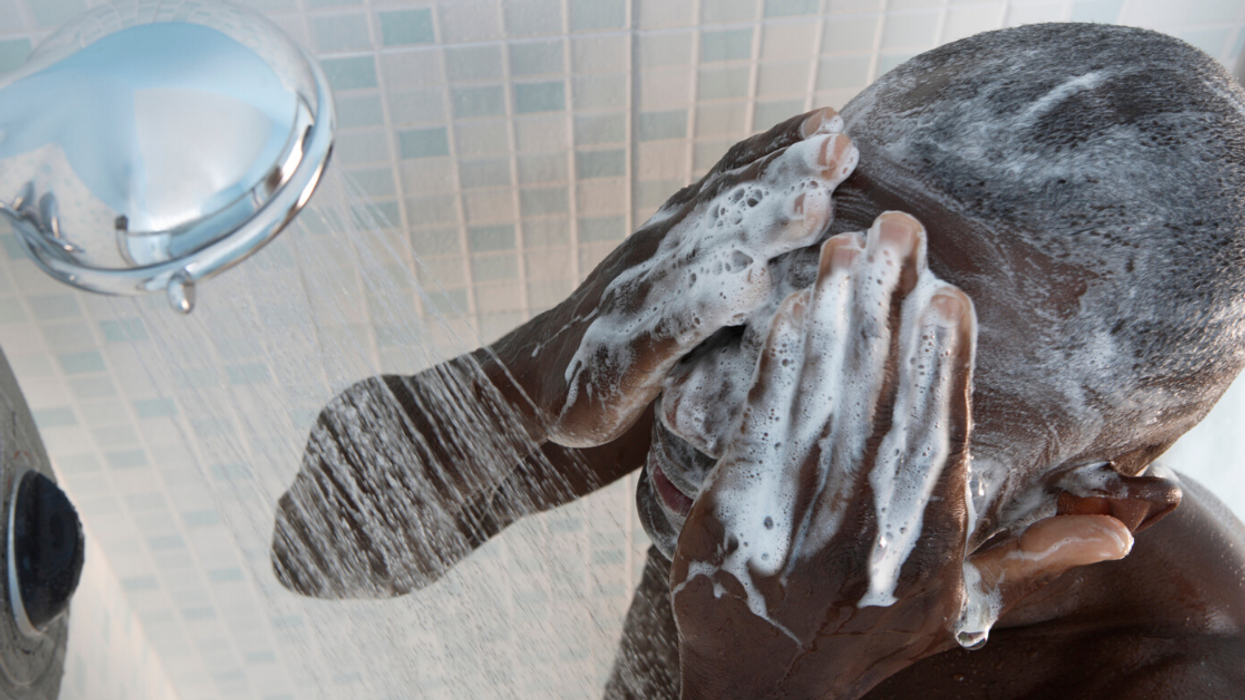


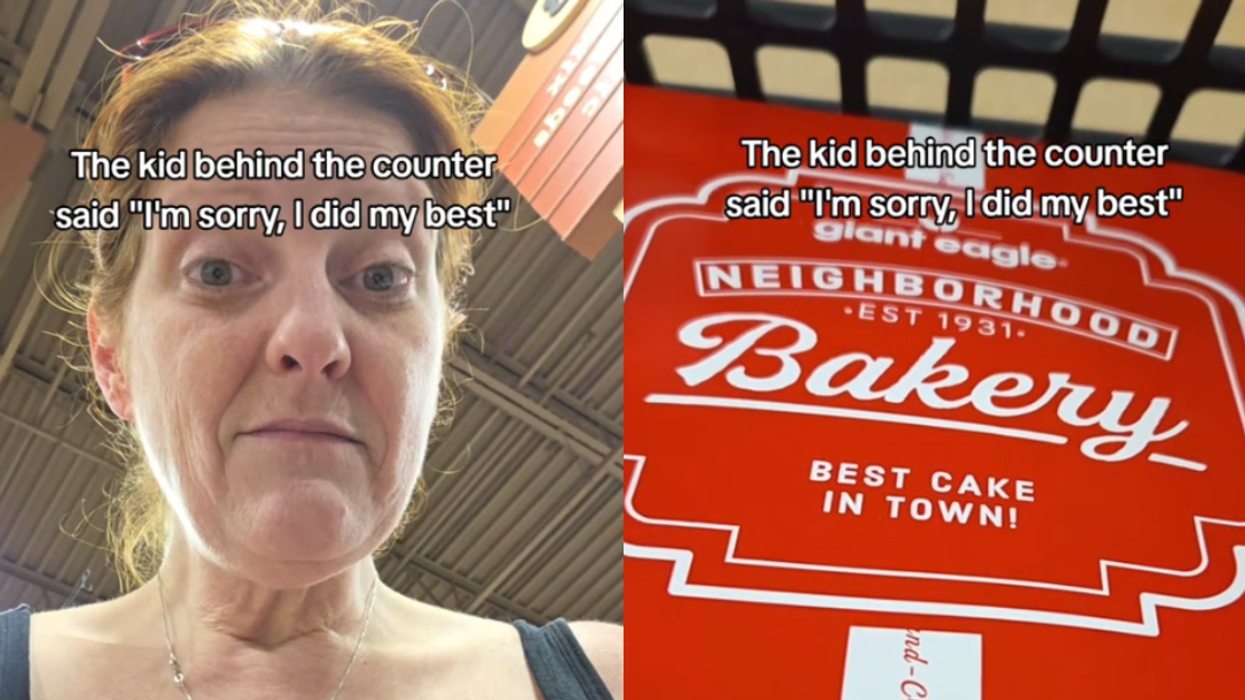

 @DonLemon/TikTok
@DonLemon/TikTok @ProgressivePower/Instagram
@ProgressivePower/Instagram @DonLemon/TikTok
@DonLemon/TikTok @DonLemon/TikTok
@DonLemon/TikTok @DonLemon/TikTok
@DonLemon/TikTok @DonLemon/TikTok
@DonLemon/TikTok @DonLemon/TikTok
@DonLemon/TikTok r/Illinois/Reddit
r/Illinois/Reddit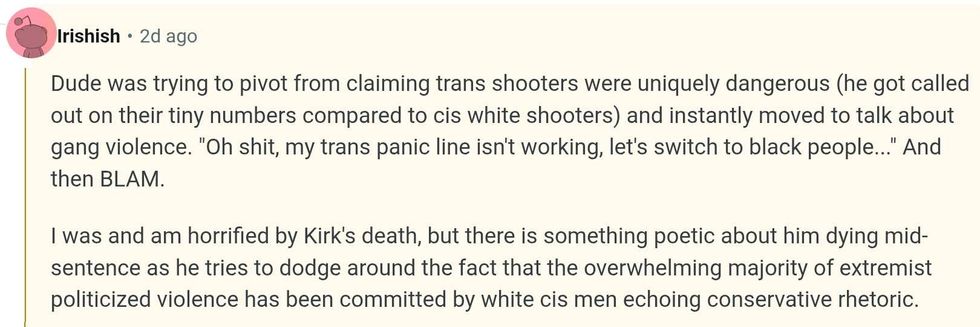 r/Illinois/Reddit
r/Illinois/Reddit r/Illinois/Reddit
r/Illinois/Reddit r/Illinois/Reddit
r/Illinois/Reddit @DonLemon/TikTok
@DonLemon/TikTok @DonLemon/TikTok
@DonLemon/TikTok r/Illinois/Reddit
r/Illinois/Reddit r/Illinois/Reddit
r/Illinois/Reddit r/Illinois/Reddit
r/Illinois/Reddit r/Illinois/Reddit
r/Illinois/Reddit r/Illinois/Reddit
r/Illinois/Reddit r/Illinois/Reddit
r/Illinois/Reddit r/Illinois/Reddit
r/Illinois/Reddit r/Illinois/Reddit
r/Illinois/Reddit r/Illinois/Reddit
r/Illinois/Reddit r/Illinois/Reddit
r/Illinois/Reddit r/Illinois/Reddit
r/Illinois/Reddit r/Illinois/Reddit
r/Illinois/Reddit r/Illinois/Reddit
r/Illinois/Reddit r/Illinois/Reddit
r/Illinois/Reddit r/Illinois/Reddit
r/Illinois/Reddit r/Illinois/Reddit
r/Illinois/Reddit r/Illinois/Reddit
r/Illinois/Reddit r/Illinois/Reddit
r/Illinois/Reddit r/Illinois/Reddit
r/Illinois/Reddit r/Illinois/Reddit
r/Illinois/Reddit r/Illinois/Reddit
r/Illinois/Reddit
